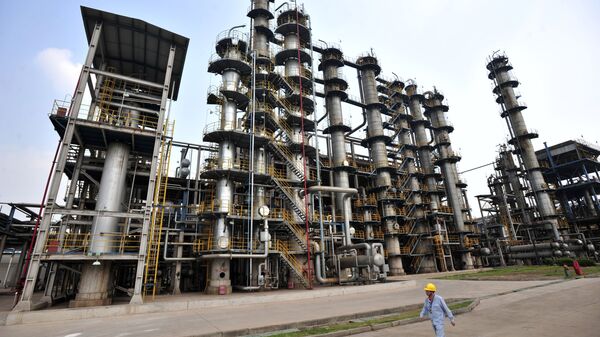“Stiffening competition from countries such as Russia and Iran is threatening Saudi Arabia’s longtime hold over markets including China, Japan and India,” says the Wall Street Journal’s analysis of the issue.
Its oil imports from Saudi Arabia, on the contrary, have fallen to 15% from 15.9% last year.
Demand for Russian oil has been growing from independent Chinese refiners — known as ‘teapots.’ The government allowed them to start importing crude oil in the second half of last year, part of Beijing's efforts to boost private investment and competition in oil refining which is dominated by state-run groups.
Russian suppliers are trying to make it more attractive to deal with them, the newspaper says citing as an example the decision of Russian State-owned Gazprom Neft to trade with Chinese customers in the yuan rather than the dollar.
The Saudis are also losing out in Japan, where they supplied 33.7% of oil imports in March this year, down from 37.6% in the same month last year, while Russia’s share grew by 1 percentage point to 7.6% according to data released by the government.
“This year, Russian state-controlled oil giant OAO Rosneft plans to start sending regular deliveries of crude to India’s second largest oil refinery.
That follows Rosneft’s decision to buy a big stake in India’s Essar Oil, which owns the refinery and a network of about 2,000 gas stations. The purchase is set to be completed this year,” the newspaper says.
Another Saudi key rival in Asia is Iran.
“Iran is definitely a threat to Saudi Arabia, in particular in the Asian market,” Gao Jian, a Shandong-based oil analyst with SCI International told the newspaper.
The above statement is confirmed by data released by the government.
In South Korea, Iran’s share of imported oil more than doubled to 8.6% year-to-date, compared with all of 2015, while Saudi Arabia’s market share declined. Iran has also boosted its market share in India




